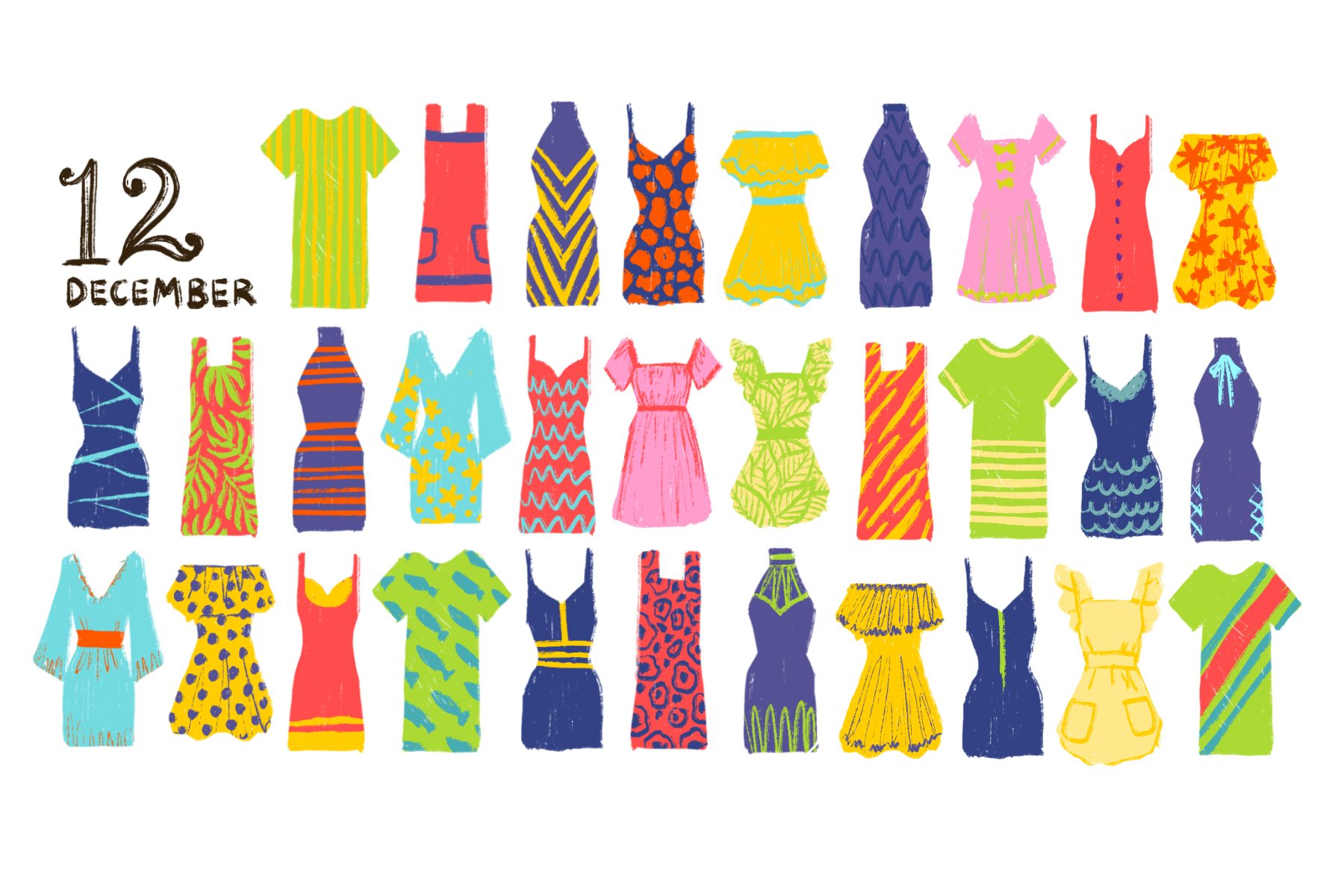The Dressember Foundation is aiming to end human trafficking by raising awareness and monetary donations. Additionally, the foundation supports human trafficking victims by partnering with women and men across the world and asking them to simply dress up. Advocates will pledge to partner with the organization online and commit to wearing either a dress or a tie for the entire month of December.
Participants are encouraged to use their social media platforms to share their decisions to wear dresses and ties. Additionally, supporters can share facts and statistics about human trafficking to both advocate for victims and to spread awareness. Partners can also set monetary goals for themselves and try to meet their objectives by raising money for the Dressember movement.
How Dressember Began
The Dressember Foundation was founded in 2009 by Blythe Hill. Hill started educating herself on the issue of human trafficking in 2005, and eventually decided to create the organization. Since 2013, Dressember has raised over $11 million toward the fight against human trafficking.
Dressember partners with various human trafficking abolition efforts both across the United States and internationally. They donate funds to these partner organizations, and they collaborate on educational resources. The group also conducts year-round check-ins to ensure the organizations they partner with are credible.
Additionally, participating organizations must meet five essential criteria determined by Dressember. Partners must seek to work together, understand the cultures in which they are working with, record measurable impacts, create innovative initiatives and produce a lasting impact in order to work with the movement.
Currently, some of the organizations Dressember is partners with include Olive Crest, The Freedom Story, The Human Trafficking Institute and Restore.
How To Get Involved
The Dressember website provides a “Fundraising Toolkit” feature that allows access to advocacy resources for individuals who have committed to partnering with Dressember. The page features infographics, flyers, blog posts, statistics and stories that can easily be shared on social media or by word of mouth.
“Dressember makes advocating really easy,” explains Dressember participant Heidi Scarbourough. “The posts they have already created in their fundraising toolkit are so simple to access and offer really great information. I have had a lot of my followers engaging with them too, which has been so cool.”
Dressember breaks down advocating into three easy-to-comprehend and innovative goals — prevention, intervention and protection against human trafficking. The organization seeks to end human trafficking before it begins, reach victims and provide care for trafficking survivors.
The resources and guides provided on the Dressember website make it easy for people of any background, with or without prior human trafficking knowledge, to educate themselves and partner as an advocate.
“I became interested in fighting against human trafficking after an internship I had at a rescue organization this summer,” says Hannah Griffin, another Dressember participant. “I joined the Dressember movement after working with so many trafficking survivors this summer. The cool thing about the Dressember movement though is that even my friends who do not have the same background knowledge as I do are able to learn and join in on the fight through all the resources Dressember has to offer.”
Social media plays a key role in the movement. Partners are encouraged to share all of their posts to a larger network and audience through using the hashtag #YouCanDoAnythingInADress. The phrase is meant to create a sense of empowerment.
Dressember’s Commitment To Ethical Clothing
Similarly, by using a dress as their flag and symbol of advocacy, the foundation is promoting the anthem that anything can be accomplished in a dress. Dressember encourages participants to educate themselves on the dangers of fast fashion and ethical clothing. The organization asks its partners to wear dresses or ties from companies that produce their clothing ethically.
To be considered an ethical company, a group must pass four different criteria established by the International Labor Organization. The brand must guarantee the right to collective bargaining, and it must not contribute to forced labor, child labor or discrimination in the workplace.
Fortunately, the organization’s website provides links to dresses sold by companies that pass each of these four fundamental principles, which makes buying ethically sourced clothing easy for participants in the Dressember movement. A tab labeled “Shop” provides photos, information and direct links to ethical brands’ websites.
“Finding clothing that was not fast fashion was one of the most difficult parts for me,” explains Dressember participant Grace Smith. “I usually just shop for the cheapest items without thinking about where they came from or how they were produced. The Dressember movement was really what educated me on why this was not okay. I was thankful that the website made purchasing ethical clothing so easy.”
For more information on the Dressember movement and how you can participate or donate toward the fight against human trafficking, visit the organization’s website.

















